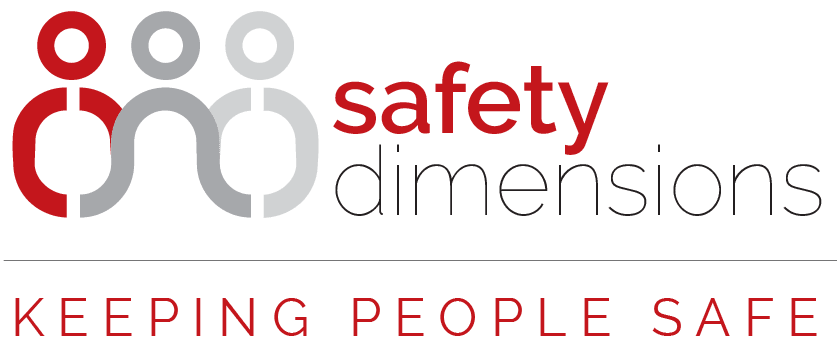Are we legislating and managing for accidents?
Observations of a safety professional.
Dr Paul Johnston – Lead Consultant & Facilitator Safety Dimensions.
WHS legislation and management frameworks are intended to jointly define a systematic means by which we keep ourselves and others safe. Although this notion is fine in theory, and constitutes the cornerstone of contemporary WHS management, it is my observation that reality can sometimes be somewhat different from such an intention. Indeed, in many instances, I believe we are arguably legislating and managing for accidents, rather than to prevent them.
In acknowledging that this statement may be controversial, indulge me as I explain my position….
Having consulted in the field of WHS risk management for over 20 years, I have both observed and been privy to comments such as:
- The guys aren’t taught to think today, about the how and why of things. They are just taught what to do.
- Everything is documented. I don’t understand why the system isn’t working.
- We have a robust WHS management system in place. Why are we still having this rate of incidents?
- What were they thinking? We have systems and procedures in place. We have trained them all in safety, and still this is what happens.
Common themes in such conversations relate to what has become an overly prescriptive working environment in which risk perceptions, operational judgement and reasoning have arguably been replaced by a misguided sense of compliance and being accountable….in other words, focusing on covering one’s proverbial rear end. In this sense, it is my contention that we are ever increasingly finding ourselves at risk of being more concerned with being seen to be managing the risk, and being able to prove it, rather than actually managing the risk itself. The flow-on effect of this is often then seen in the operational workforce adopting the same mindset, completing the specifics of their tasks and associated paperwork, rather than managing the tasks and associated risks.
Ironically, this has often lead to situations in which organisations have diligently documented the manner in which they have defined the risks they should be managing, and how they should be doing so, rather than actively managing the risks themselves. In doing so, they have clearly defined their knowledge of potential risk exposures and mitigation strategies – inadvertently also clearly defining the gaps in their levels of due diligence if they do not then actively manage the same.
So, what is missing?
My experience is that many organisations making the above remarks lack what I would term effective safety management practices and leadership across all levels of their organisations, with this incorporating the development of active organisational capacity and positive safety culture. Many organisations become stuck in the mindset of needing to have a documented safety procedure for every aspect of their operations, forgetting to ensure they also then have an active uptake and understanding of the same procedures.
To say that developing organisational capacity to manage WHS is crucial is a statement that stands on its own merit. But, this is often misconstrued as being (limited to) the presence of a detailed paper trail¦something that we can physically see and assess. It does not necessarily extend to the non-physical elements of leadership and culture – elements which power the engine that paperwork and management systems provide.
To merely identify and document risks, and then not actively manage them and instil a sense of personal ownership and responsibility, is evidence that can ultimately work against you should an incident occur. The key is to actively establish, implement and maintain an WHS management system and positive safety culture, not to just document a framework. Indeed, it has been my experience that paperwork for paperwork’s sake is arguably often worse than doing nothing at all….even a paper tiger has teeth to be wary of.
 Dr Paul Johnson is a lead consultant and facilitator at Safety Dimensions. He holds a PhD in Public Safety Risk Management, Graduate Certificate in Occupational Hygiene Engineering and a Bachelor of Behavioural Science, WHS & Organisational Change Facilitation all from Griffiths University.
Dr Paul Johnson is a lead consultant and facilitator at Safety Dimensions. He holds a PhD in Public Safety Risk Management, Graduate Certificate in Occupational Hygiene Engineering and a Bachelor of Behavioural Science, WHS & Organisational Change Facilitation all from Griffiths University.
With over 20 years of Health, Safety, Environment & Security Risk Management experience in both the public and private sectors, Paul has provided operational, management system consulting, research & analysis, and training services to a wide range of industry groups throughout Australia and internationally – providing such services to clients at both an organisational and societal management level.
